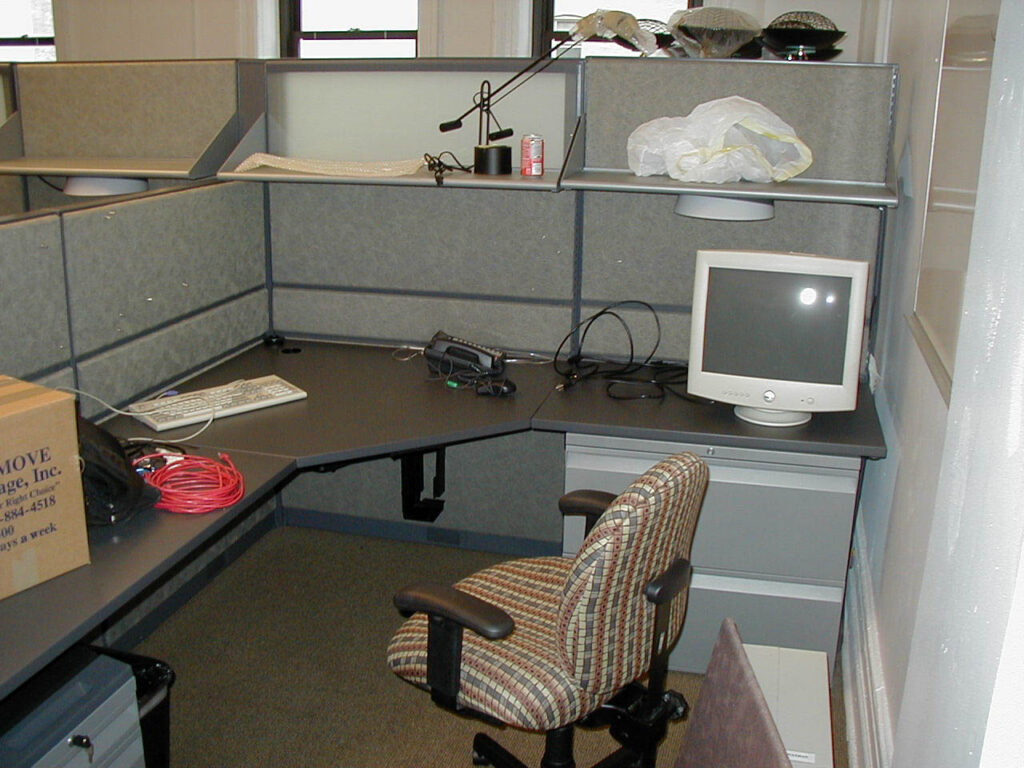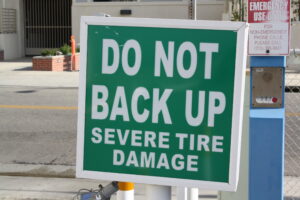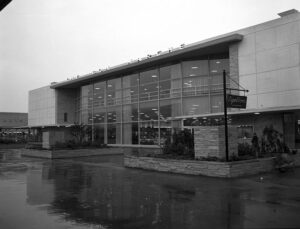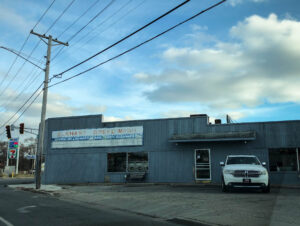So, about this year’s dreams.
Before 2020 went completely sideways, my friend Joel died. After that, he started showing up in my dreams, a lot. Like, an unhealthy amount. The dreams were nothing abnormal or psychotic; it either involved running into him at a party, or the company we used to work for somehow got re-formed and I had to move back to New York and work for him again. The dreams completely fed into my nostalgia obsession/problem, and whenever I woke up, I would know — I would assume — he was still alive. And then I would remember he wasn’t, and think maybe that was an alternate reality or some mistake was made and he was alive. And then the dreams got even more weird, because in the dream he would explain to me that he wasn’t dead, and it was a big prank or for tax purposes or I misunderstood the email or something.
(I realize there’s an easy psychological explanation for this, given the total lack of closure in his death. And duh, I should be talking to a therapist about this. I think everyone’s got bigger fish to fry at this moment.)
* * *
I don’t know exactly when the COVID dreams started. But I started having these intense dreams where I was walking around, like in the context of a normal weird dream, and then I would realize I didn’t have a mask on and suddenly needed one. It was like the typical “naked in front of class” terror dream, and fed into the same fear/paranoia/shame nerve.
I also would frequently have these dreams where someone was giving me COVID. Like I had this bizarre dream where I was competing in some kind of eco-challenge race through the desert with Joe Rogan. And every time he talked to me, he would lean in really close and spit would fly everywhere. And I woke up in a panic, trying to think if there was something I was supposed to overdose on to prevent the virus from catching, like eating a whole bottle of vitamins or drinking a gallon of Listerine.
I haven’t had the same nightmares I had during the SARS epidemic, though. They were based on a nightmare I had as a child. When I was a young kid, maybe four or five, I had a bad pneumonia or something that completely laid me out, and I had these insane fever dreams that everyone but me was dying of a mystery plague. Like I was watching the news, and the anchorman dropped dead, and bodies were piling up outside the house. And finally I was the only person alive, and the earth looked like the surface of the moon, and some alien Vincent Price-like voice or being was laughing at me. It’s one of my earliest memories, and that dream went back into heavy rotation when the SARS boom hit.
* * *
I have always had a lot of dreams about dead malls. Those still happen constantly. (Another big one is being back at IU, or some bizarro version of IU that has all new buildings, which I guess is IU now, since they’ve expanded everything in the last twenty years.)
My usual dead mall dreams — and these happen pretty much every third night or so — involve a strange composite mall. Like in my mind, the mall will be just outside of Queens, but it will remind me partly of Hilltop Mall in Richmond, mixed with some Factoria Square outside of Seattle, and maybe a dash of University Park in South Bend. There will always be vivid dashes of heavy deja vu around a particular store or sense memory, but when I wake, I’ll realize that there’s no way that mall exists at all.
This is also some weird sense of mourning, because I really miss these places and they don’t even exist. I have spent very little time at malls this year (obviously) and a lot of them probably won’t survive the plague, so I’ll miss them forever. So it’s fitting that they end up the backdrop of my bizarre nightmares.
* * *
Similar to the malls, I have a lot of dreams about Wards. These end up being two varieties. One is that Wards never went bankrupt, and they just closed the stores I knew about, and they had locations that still survived. The other is that some vulture cap company bought the name (which actually happened, but for online catalog purposes) and were somehow kickstarting a new retail presence. I’ve had many dreams where the old store #2258 in Elkhart has reopened, the existing Hobby Lobby shut down and the store converted back to its old glory, except it looks like a Sears with virtually no stock on the shelves.
In many of those dreams, I have a permutation of the “I forgot I had one more class to take to graduate” thing, and I’m somehow obligated to go back and work some shifts. (John said he gets the same thing with the Army, that a recruiter shows up at his house and says he didn’t finish his time thirty years ago and has to come back and do more.) In some of those dreams, my original coworkers are still there, although I’m certain that thirty years later, most of them are all dead. Sometimes I go back and I’m the only person who worked at the old Wards and that’s supposed to hold some cachet over the new people. (I have the same thing going on at my day job now.)
In last night’s version of this dream, I was back at the paint department, but as a manager. A weird little fact popped up in the dream that I’d almost completely forgotten. To mix paint, we had this big turntable thing with various pumps of pigment on it, and you would shoot specific amounts of each primary color into a can of base paint. This was all manual, no computers. We had a binder of formulas for the 863 premium colors and 768 standard colors. Each formula was something like 3-B, 6-C, 2Y-F. So you’d turn to the B color on the turntable, pull back the plunger three notches, shoot in that paint. Turn to C, six notches, go. The Y was significant, because that meant you pulled back the lever to its fullest extension, and gave it a full shot. I don’t remember the exact nomenclature or what the primary colors were, but I totally remember that Y.
* * *
I’ll occasionally have a full-on dream of a real mall, and it usually leaves me horribly depressed, and it’s almost always Concord Mall. I’ll leave you with a dream from a few weeks ago:
I was back at Concord Mall for a visit, and there was some major construction going on, like the whole fountain area was completely redone as this giant Rainforest Cafe-looking food court with a waterfall and a ton of mask-less people in it. I was a bit bummed most of the mall was all Simon-ized and bland, but then I found a semi-hidden staircase that went to a second floor that I never knew existed. The upstairs was basically a mirror of the first floor, with a duplicate of the shops below, but they were all in the 70s livery and configuration, mothballed and untouched for 40 years. I wandered an old JC Penney and everything had signs on it like it was a museum exhibition. I was then in the food court and met up with Kurt Vonnegut, who was talking about how he found an article on Dresden right before he wrote Slaughterhouse Five, and it was like the magical key that unlocked the whole novel in his head. He then gave me a mall directory from 1980 and said that was my key.









